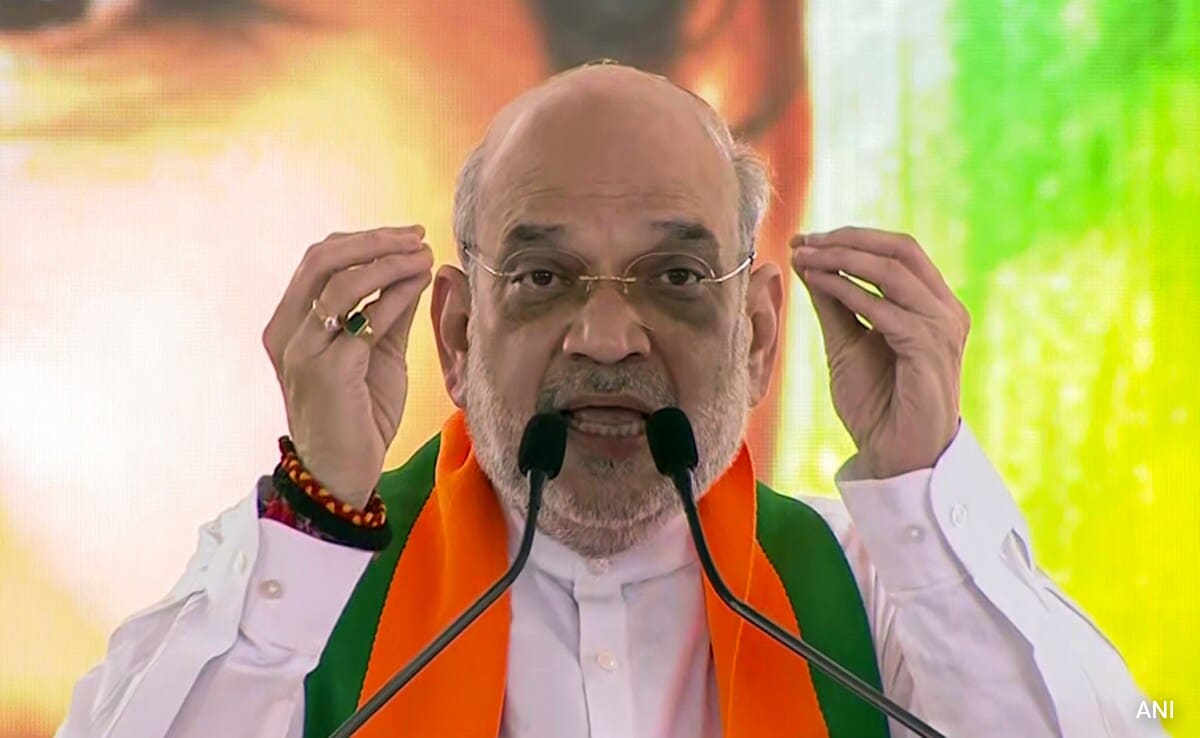
Multiple independent target reentry vehicle technology has been developed for many years.
New Delhi:
India successfully conducted its first flight test of the Agni-5 intercontinental ballistic missile Multiple Independent Reentry Vehicle (MIRV). The Defense Research and Development Organization (DRDO) has successfully tested multi-warhead missile technology that has been in development for many years, putting India among the elite nations possessing this capability.
Prime Minister Narendra Modi announced on the 5 missile.” Sources said several female scientists played an important role in the mission.
What is MIRV technology
Scientists at the Defense Research and Development Organization (DRDO) have been working on the Multiple Independent Reentry Vehicle (MIRV) technology for many years. The technology allows a single missile like the Agni 5 to carry multiple warheads and target multiple locations independently. Sources said that the system developed by DRDO is equipped with indigenous avionics system and high-precision sensor package to ensure that the re-entry vehicle reaches the target point within the required accuracy.

The Agni-5 is an intercontinental ballistic missile (ICBM) that enters space before re-entering the atmosphere. Using split-warhead technology, the same missile with multiple warheads can be used to attack multiple targets located in different locations. These warheads can be nuclear or non-nuclear. This technology allows one missile to carry multiple bombs. The bombs can target locations hundreds of kilometers apart. Some multiple-warhead missiles can even hit targets 1,500 kilometers away.
This capability enables nations to engage multiple targets during war, thereby gaining a preemptive advantage. The Agni-5 missile has been tested before, but only with a single warhead. When a missile re-enters the atmosphere, it can reach at least five times the speed of sound (Mach 5) with the help of kinetic energy as it loses altitude, and the effectiveness of Anti-Missile Defense (AMD) systems is due to the fact that AMD is primarily deployed to attack a single target , so MIRV technology can reduce this situation.
The Agni 5 missile has a range of at least 8,000 kilometers and can target cities. The multi-warhead missile technology puts multiple cities within this range under the target, providing a wider safety net for multiple locations within the missile range.
The test follows a NOTAM alert issued last week. NOTAM means Notification to Pilots and is an alert issued to designate an area as a no-fly zone. The alert, which targets the Bay of Bengal region, is seen as a clear indication that India is planning a missile test that could take place anytime between March 11 and 16. The no-fly zone specified in the NOTAM alert stretches 3,500 kilometers deep into the south of the Bay of Bengal.
The technology was originally developed in the 1960s and is available in the United States, United Kingdom, Russia, France and China. For example, the multiple warhead missiles Russia is developing may be able to carry up to 16 warheads, each in a separate re-entry vehicle. There are reports that Israel is also working on developing this technology.
The technology requires a combination of large missiles, small warheads, precise guidance and complex mechanisms to sequentially release warheads during flight.
The United States was the first country to develop multi-warhead missile technology, deploying the multi-warhead intercontinental ballistic missile (ICBM) in 1970 and the multi-warhead submarine-launched ballistic missile (SLBM) in 1971. The Soviet Union quickly followed suit, deploying multiple warhead missiles by the late 1970s. Intercontinental ballistic missile and submarine-launched ballistic missile technologies supporting multiple warhead missiles were developed.
wait reply load…
Follow us on Google news ,Twitter , and Join Whatsapp Group of thelocalreport.in















